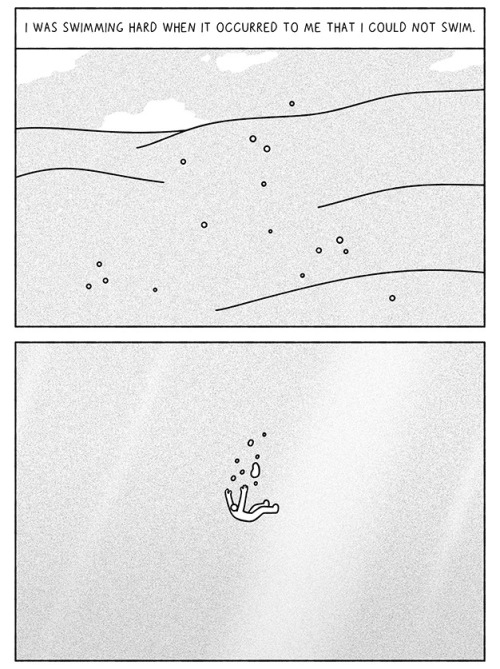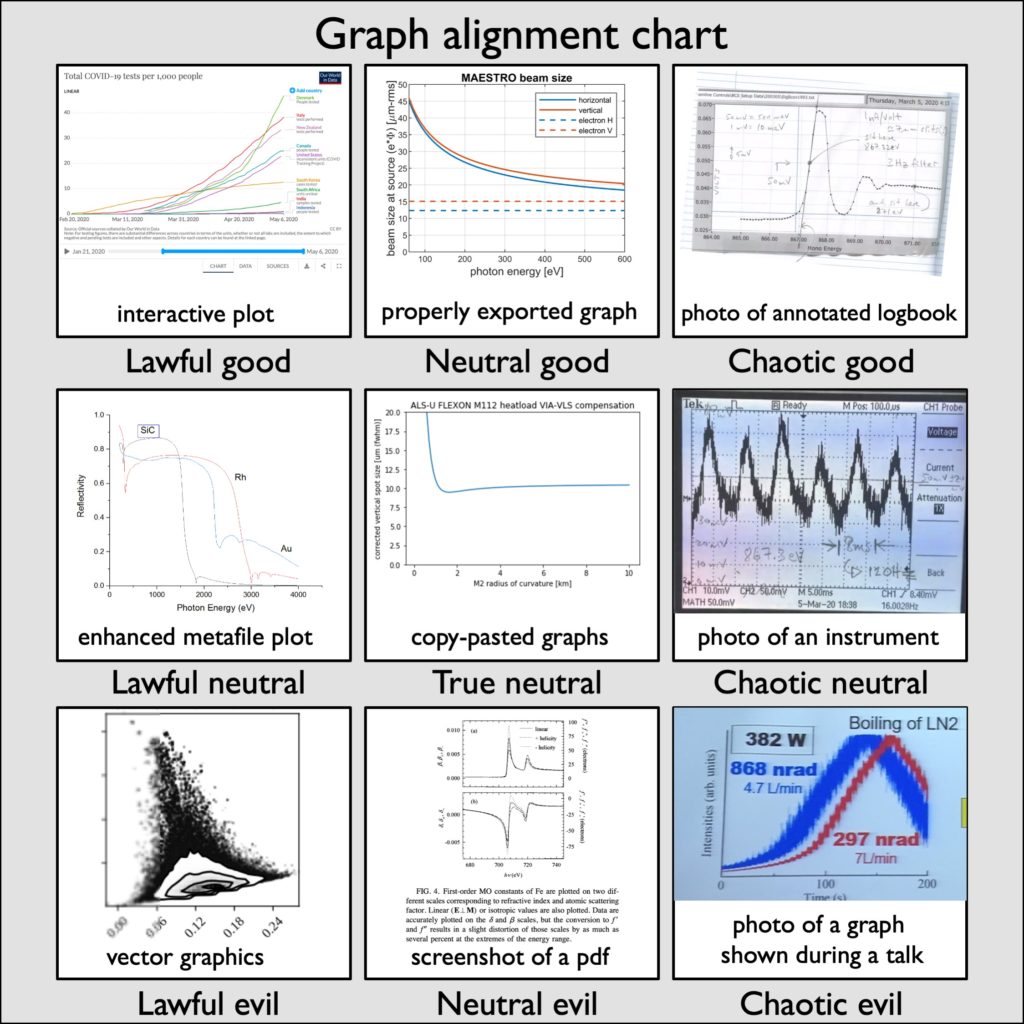My friend Sana has started a wonderful literary project called “A known space.”
Here’s the first issue: A known space: Vol. 1: Nucleus (my personal contribution: The Sound of the waves)
credit: Szymon Kobusiński – TRANSSUBSTANTIATIO
Wade on!
My friend Sana has started a wonderful literary project called “A known space.”
Here’s the first issue: A known space: Vol. 1: Nucleus (my personal contribution: The Sound of the waves)
credit: Szymon Kobusiński – TRANSSUBSTANTIATIO
Wade on!
Liminary note: I am not a social scientist, but I try to educate myself about some issues facing academia, and this is the result of my inquiries. If you think some elements are incorrect or if you have good resources to share, please let me know!

In this short Life
that only merely lasts an hour
How much – how
little – is
within our
power
–
Emily Dickinson
Gender gaps in academia are pretty dire, and while it seems to get acknowledged and addressed, it’s not clear whether the root causes – especially social norms – are fully understood and can be solved. The paper Understanding persistent gender gaps in STEM (Science 368, 6497; June 2020, pdf) offers interesting statistics and insights.
The problem does not seem to be a difference in achievement, but social factors rather.
Continue reading(I owe this piece to a conversation with Laleh Coté – she’s doing an incredible job on STEM mentorship, and even in these difficult times, she documents her observations on how it impacts these efforts.)
I’m always happy to mentor students, for it gives you a change to light a candle, but also forces you to explain things in a legible way – and if you can’t perhaps you don’t really understand things yourself.Berkeley Lab has a great program for interns, and it comes with some resources: WD&E Mentor Handbook (pdf)Because of the pandemic, all the summer internships have morphed into virtual internship. While everyone is still trying to figure out how to make it work best, some initial best practices where collected here: Virtual Remote Mentor Guide -DOE-SC-WDTS Programs- May 2020 (pdf)Whenever I see scientific code without units I scream inside my heart.
Everytime you write simulations of physical phenomena (often using numpy or matlab), make sure to always have variables where the units are clear, e.g. :lambda_m = 633e-9 #wavelentgh in meters
c_mps = 3e8 #speed of light in meters per seconds
freq_Hz = c_mps/lambda_m
Failure to keep good track of the units has led to disasters. Yet complete lack of clarity happens more often than not – just look at the code of a random scientist on github to witness the extent of the damage.

The reason why I am adamant about this is because a lot of time is wasted trying to debug code where it there’s a silly unit mismatch, and because we are doing physics.
Why is coding without units such a terrible practice? It all boils down to the fact that computing is mostly about math and logic, and therefore not geared towards physical quantities. There is beauty in mathematical abstraction, but sometimes it doesn’t mean anything.
Take a mathematical statement that should be true:1+1=2
Now ask yourself: what does it mean? If I add one orange to one apple:
1 orange + 1 apple = ?
It might sound silly but it’s actually pretty deep. You cannot add quantities which are not congruent. Yes, you may say that by adding one fruit with another fruit you get two fruits, but you’re cheating then.
This is somehow why object-oriented programming was invented: with the notion of “classes”, you can add entities which are compatible, through the game of function overloading and other niceties. In an ideal world, physical quantities in simulations should all have their own class, where the units would be defined. Continue readingLet us represent a dot by a small spot of one metal, the next dash by an adjacent spot of another metal, and so on. Suppose, to be conservative, that a bit of information is going to require a little cube of atoms 5 x 5 x 5 – that is 125 atoms. Perhaps we need a hundred and some odd atoms to make sure that the information is not lost through diffusion, or through some other process.
– Richard Feynman
Spoiler alert: we are nearly there!
* *
These very old line (1959) fro Feynman’s famous speech “There’s Plenty of Room at the Bottom” is still valid, though nowadays are getting very close to the bottom!With my colleague Gautam Gunjala, we published an article in Berkeley Science Review on the ongoing contributions of UC Berkeley and Berkeley Lab to photolithography, the process of making microchips: Room to Shrink.It was supposed to be part of the BSR Issue 38 (Spring 2020) but I guess it got covided.
Here are other pieces from yours truly on the topic:Also:
The topic is getting red hot politically:It’s like a war
Except the enemy is monumental incompetence
We’ve been there, we know what to do – yet, we don’t.
doi.org/10.1126/science.49.1274.501
"Three main factors stand in the way of prevention. First, public indifference. [Second,] the personal character of the measures which must be employed."
The Lessons Of The Pandemic;
– George A. Soper
Science Magazine, 30 May 1919https://t.co/KiHzlRGfSm pic.twitter.com/u6EUoJb6gB— Antoine Wojdyla (@awojdyla) July 2, 2020
There are many ways to document research, and some are better than others.
Make beautiful graphs : only start to write when you have the best data our group can get.
– Paul Alivisatos
Here’s my graph alignment chart, curated from personal experience.
 Continue reading
Continue reading
Today is Earth Day, a celebration of Earth and the environment started fifty years ago. This year, as the covid-19 pandemic upends the regular unfolding of the world, we can step back and ask how what we learn from the current crisis can help us scientists make science better and more efficient to curb climate change and its consequences.
 Here’s a set of eight question to ponder about this, and some preliminary thoughts gleaned during a forum@ESA.1. The interdependence of the supply chain has become very apparent. Can we make the case for renewable energy in terms of resilience of systems?Solar energy is the only form of energy available everywhere on the planet: all others need to be transported and transferred. Geothermal energy should also be tapped (it is essentially low grade solar energy!)2. The dramatic reduction of activity in urban centers has brought back clean air in some cities for the first time in decades. Can we envision a world without emission, from energy production to energy use?Cars on the road have the most impact – we need to switch to switch transportation modes. We could have electrical energy on tracks, some flavor of autonomous driving could quickly provide modular transportation schemes. We also need to change how some cities are built, to make it easier to have common transportation (relative location of schools, business and housing)3. The current covid-19 crisis is global, and scientists have broken paywalls and started new collaborations with their peers around the globe. What can we learn from this, and promote meaningful collaborations?Open Access is on the rise (Project DEAL, Plan S, White House Open Access plan.) Wikipedia is a great resource, completely under-used; it seems that it stems from the issue of ownership (who gets to write on who? and who gets the credit for this work?) We can also rethink research tools, to make them more efficient and more collaborative. The way academia is organized (race to tenure, etc.) may hamper collaboration and therefore innovation.4. The global economy has been hit severely, and it will be important to promote new economic activity when the outbreak will be over. How can energy technologies inform policies and shape capital projects?We could build mass transportation system, with initiatives similar to the New Deal (infrastructure is manual labor intensive.) Science can help to find which are the most effective or efficient ways (data science and machine learning.) Scientists could work in tandem with civil engineers, maybe using their school network to reconnect. There should be incentives for scientists to do so.5. The disruption school year has taken a toll on kids and parents alike. How can scientists engage with students, when the distance is measured in bits per seconds rather than miles?It would be good to reuse and repurpose older devices. There could be an open OS for discarded devices that would provide minimal functions (video conferencing, calculator, etc.) Scientists should also learn to mentor without physical presence (though one-on-one interaction is important), and therefore allow more frequent interactions, over larger distances.6. When resources are lacking – masks, ventilators,– engineers and scientists devise creative ways to fill the need using available resources and altering them. How could we repurpose existing facilities to help with climate change?7. The shelter-in-place is difficult to negotiate, but as anthropogenic emission of CO2 affects the environment, it may become routine. How can we fix the harm done using science and technology?8. There is a lot of contradictory information being circulated around the epidemic. How can scientists help disseminate information and prevent the spread of alternative facts? In addition, here are some historical and current resources on Climate Change:
Here’s a set of eight question to ponder about this, and some preliminary thoughts gleaned during a forum@ESA.1. The interdependence of the supply chain has become very apparent. Can we make the case for renewable energy in terms of resilience of systems?Solar energy is the only form of energy available everywhere on the planet: all others need to be transported and transferred. Geothermal energy should also be tapped (it is essentially low grade solar energy!)2. The dramatic reduction of activity in urban centers has brought back clean air in some cities for the first time in decades. Can we envision a world without emission, from energy production to energy use?Cars on the road have the most impact – we need to switch to switch transportation modes. We could have electrical energy on tracks, some flavor of autonomous driving could quickly provide modular transportation schemes. We also need to change how some cities are built, to make it easier to have common transportation (relative location of schools, business and housing)3. The current covid-19 crisis is global, and scientists have broken paywalls and started new collaborations with their peers around the globe. What can we learn from this, and promote meaningful collaborations?Open Access is on the rise (Project DEAL, Plan S, White House Open Access plan.) Wikipedia is a great resource, completely under-used; it seems that it stems from the issue of ownership (who gets to write on who? and who gets the credit for this work?) We can also rethink research tools, to make them more efficient and more collaborative. The way academia is organized (race to tenure, etc.) may hamper collaboration and therefore innovation.4. The global economy has been hit severely, and it will be important to promote new economic activity when the outbreak will be over. How can energy technologies inform policies and shape capital projects?We could build mass transportation system, with initiatives similar to the New Deal (infrastructure is manual labor intensive.) Science can help to find which are the most effective or efficient ways (data science and machine learning.) Scientists could work in tandem with civil engineers, maybe using their school network to reconnect. There should be incentives for scientists to do so.5. The disruption school year has taken a toll on kids and parents alike. How can scientists engage with students, when the distance is measured in bits per seconds rather than miles?It would be good to reuse and repurpose older devices. There could be an open OS for discarded devices that would provide minimal functions (video conferencing, calculator, etc.) Scientists should also learn to mentor without physical presence (though one-on-one interaction is important), and therefore allow more frequent interactions, over larger distances.6. When resources are lacking – masks, ventilators,– engineers and scientists devise creative ways to fill the need using available resources and altering them. How could we repurpose existing facilities to help with climate change?7. The shelter-in-place is difficult to negotiate, but as anthropogenic emission of CO2 affects the environment, it may become routine. How can we fix the harm done using science and technology?8. There is a lot of contradictory information being circulated around the epidemic. How can scientists help disseminate information and prevent the spread of alternative facts? In addition, here are some historical and current resources on Climate Change:
I also made a thread about Berkeley Lab Art Rosenfeld on his Art of Energy Efficiency.
Continue readingHere is a selection of the most notable advances in science and technology over the last twenty years.
 I’ve collected these from people working around me (there may be a Berkeley Lab or Optics bias!) or by looking at what around me had made life different (a an Academic life or California bias!) They are listed in no particular order, but the ordering tries to highlight some relationship between the topics. Continue reading
I’ve collected these from people working around me (there may be a Berkeley Lab or Optics bias!) or by looking at what around me had made life different (a an Academic life or California bias!) They are listed in no particular order, but the ordering tries to highlight some relationship between the topics. Continue reading
I’ve been using Twitter (@awojdyla) more frequently over the last 3 years, finding a lot value in this tool which allows to address a worldwide audience and reach out to people in a very effective way.
Twitter is a very strange medium, in that it can be extremely helpful to reach out to people (the six degrees of separation collapse to one, basically), but whose rules and purpose are hard to understand.
Here’s a few remarks on my experience, and some resources if you’re interested in engaging the tweet game! Continue reading